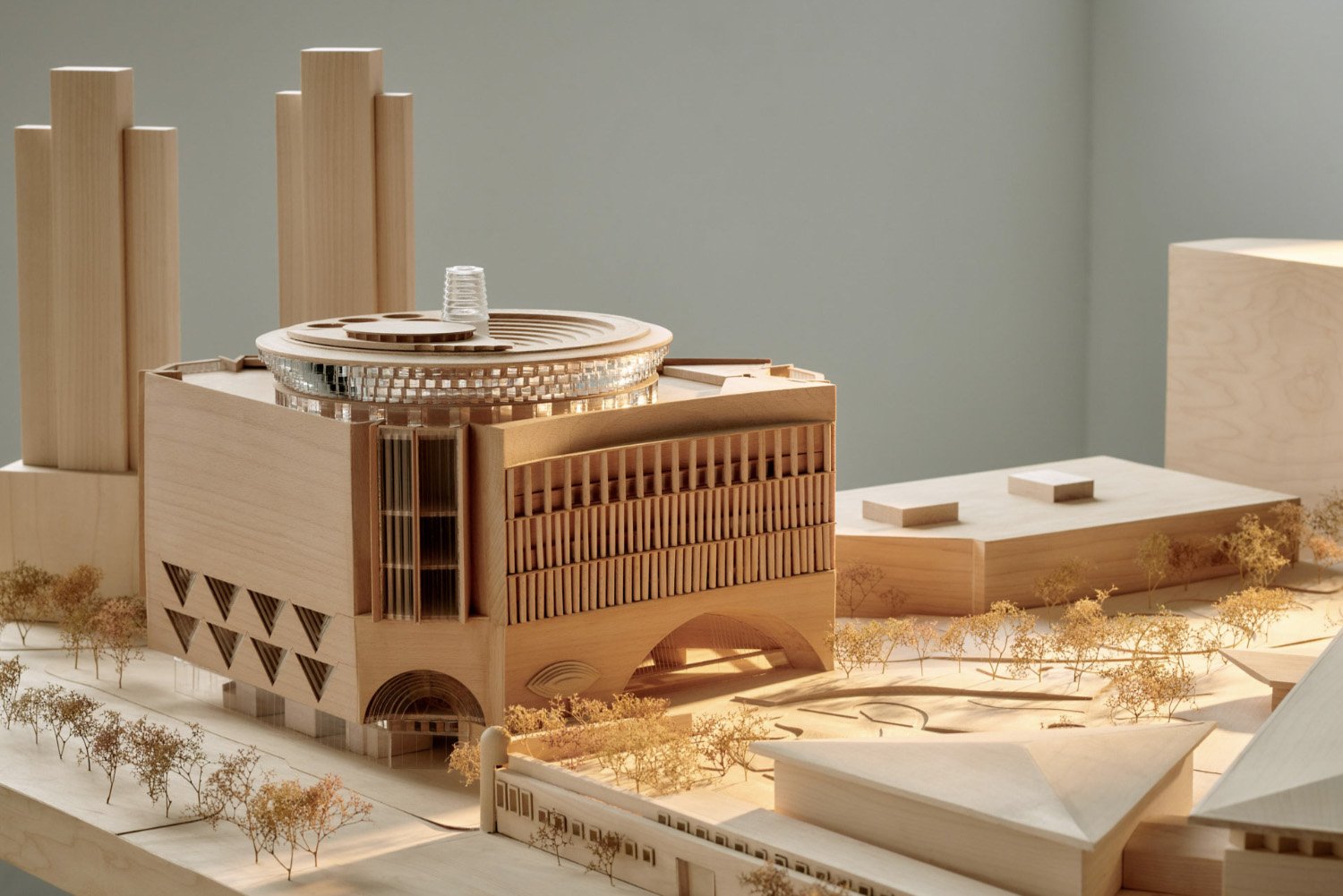
Understanding Architectural Model Maker Exhibitions
1. Definition and Purpose
Architectural model maker exhibitions provide a unique platform for displaying intricate and detailed representations of architectural designs. These exhibitions serve multiple purposes: showcasing the artistry of model making, presenting architectural concepts to clients or investors, and even educating the public about architectural methodologies and the importance of design in urban planning. At its core, an architectural model maker exibition emphasizes the fusion of creativity and technical skill, allowing viewers to appreciate the craftsmanship involved in model making.
2. History of Architectural Exhibitions
The history of architectural exhibitions can be traced back to the early 20th century when architects began to recognize the value of physical models in conveying their visions. Initially, these models were primarily used as tools for design and communication within architectural firms. Over time, exhibitions evolved, becoming more formalized events where various architectural works could be viewed collectively. Key historical moments include the 1939 New York World’s Fair, which showcased innovative designs and models to a global audience, and various triennials and biennials that continue to influence architectural discourse today.
3. Types of Exhibitions: Trade Shows vs. Virtual Events
Exhibitions can broadly be categorized into two types: traditional trade shows and virtual events.
- Trade Shows: These are physical exhibitions typically held in convention centers or museums. They allow for direct interaction between model makers, architects, and the audience, promoting deeper conversations and immediate feedback. For instance, events like the London Design Festival are highly regarded for their showcasing of architectural models.
- Virtual Events: With the advent of technology, virtual exhibitions have gained prominence. These digital platforms enable broader participation, eliminating geographical constraints. Participants can explore 3D models, attend webinars, and interact with presenters without the need for physical travel, as seen in recent trends during the global pandemic.
Key Techniques for Effective Model Making
1. Material Selection: Choosing the Right Components
The choice of materials is critical in architectural model making. Commonly used materials range from cardboard and foam to more durable options like acrylic and wood. Each material has its own unique properties, advantages, and drawbacks.
- Cardboard: Lightweight and easy to manipulate, cardboard is great for initial concept models.
- Foam Core: Ideal for creating sharp edges and detailed surfaces, foam core is widely used for presentation models.
- Acrylic: Used for higher-end models, acrylic provides a sleek appearance and durability.
- Wood: Offers a traditional and aesthetic finish, suitable for detailed and long-lasting displays.
2. Techniques for Detail Enhancement
Enhancing the details in architectural models can significantly impact their realism and presentation. Techniques such as laser cutting for precision, airbrushing for color variation, and texturing surfaces using various methods contribute to more sophisticated representations of architectural concepts. Furthermore, integrating elements like LED lighting can add an extra layer of engagement by creating dynamic contrasts and highlighting specific features.
3. Innovations in Architectural Model Making
Technological advancements continue to transform architectural model making. The advent of 3D printing has revolutionized the speed and precision with which architectural models are produced. This technology allows for complex structures and details to be accurately replicated, reducing the time from concept to physical model. Additionally, the use of computer-aided design (CAD) software enables architects to visualize their models digitally before physical creation, ensuring that designs are feasible and aligned with their overall vision.
Showcasing Your Work: The Exhibition Process
1. Planning and Logistics of an Architectural Model Maker Exhibition
Successful exhibitions require meticulous planning and logistics management. From selecting the venue and scheduling the exhibition duration to marketing the event and organizing transportation for the models, attention to detail is essential. Coordinating with contractors, ensuring models are protected during transport, and evaluating space requirements for installations all contribute to a well-executed exhibition. Moreover, understanding the target audience and tailoring the exhibition experience to meet their expectations can enhance engagement and interest.
2. Presentation Techniques That Captivate Audiences
The way models are presented can significantly influence audience perception. Effective lighting, appropriate background setups, and clear signage enhance the visual impact of the models. Interactivity, such as touch-screen displays that provide further information about the models, can also engage viewers on a deeper level. Additionally, narrating the design journey through storytelling can make the exhibition more relatable, helping audiences connect emotionally with the models.
3. Case Studies of Successful Exhibitions
Examining successful exhibitions can provide insights and inspiration for model makers. For instance, the Venice Architecture Biennale consistently highlights exceptional architectural model exhibitions, showcasing innovations and perspectives from around the globe. Events such as these provide a platform for discourse within the community, inspiring new ideas and collaborations among architects and model makers alike.
Engaging with the Audience
1. Crafting Interactive Experiences
To enhance audience interaction, exhibitions should include hands-on experiences where attendees can engage with the models. Workshops, guided tours, and opportunities to speak with the designers provide visitors with a sense of involvement. For example, allowing participants to manipulate movable elements within a model can create a memorable experience that fosters appreciation for the complexity of architectural design.
2. Utilizing Technology: AR and VR in Exhibitions
Augmented Reality (AR) and Virtual Reality (VR) technologies are expanding the boundaries of how architectural exhibitions are experienced. Using AR, visitors can point their devices at a physical model and see overlays of additional information, animations, or digital enhancements. VR allows users to step into immersive environments, offering a unique perspective of architectural designs. Integrating these technologies can attract tech-savvy audiences and provide layers of engagement previously unavailable in traditional exhibitions.
3. Gathering Feedback for Future Improvements
Feedback is invaluable for refining future exhibitions. Surveys, interactive kiosks, and follow-up emails can all be effective in collecting attendee opinions. Understanding what aspects of the exhibition resonated with audiences can guide model makers in the planning of subsequent events. Adaptive strategies based on feedback ensure continuous improvement, enhancing the overall quality and effectiveness of future exhibitions.
The Future of Architectural Model Making Exhibitions
1. Trends to Watch in Exhibition Formats
As the industry evolves, several trends are shaping the future of architectural model exhibitions. Hybrid models that combine physical and virtual experiences are likely to gain popularity as they expand reach and accessibility. Moreover, there is a growing emphasis on inclusivity and representation, ensuring diverse voices are highlighted and engaged during exhibitions. Sustainability practices are also becoming paramount, with a focus on eco-friendly materials and methods influencing how exhibitions are curated.
2. Sustainability in Model Making
With increasing awareness of environmental issues, sustainable practices in model making are rightfully gaining traction. Utilizing recyclable materials, reducing waste, and employing energy-efficient production methods can significantly lessen the environmental impact of architectural exhibitions. Furthermore, integrating sustainable design principles into the exhibits themselves encourages visitors to consider sustainable architecture in their own projects.
3. Predictions for the Industry’s Growth
The future of architectural model making exhibitions appears promising, with technological advancements, increased interest in sustainability, and a growing emphasis on interactive experiences driving growth in the industry. Predictions suggest that as architecture evolves, so too will the representation through models, making way for innovative techniques and formats that will challenge conventional methods of design communication. With the ongoing digital transformation, societal shifts toward sustainability and inclusion, and a robust community of creative professionals, the exhibition landscape will undoubtedly continue to evolve and thrive.






